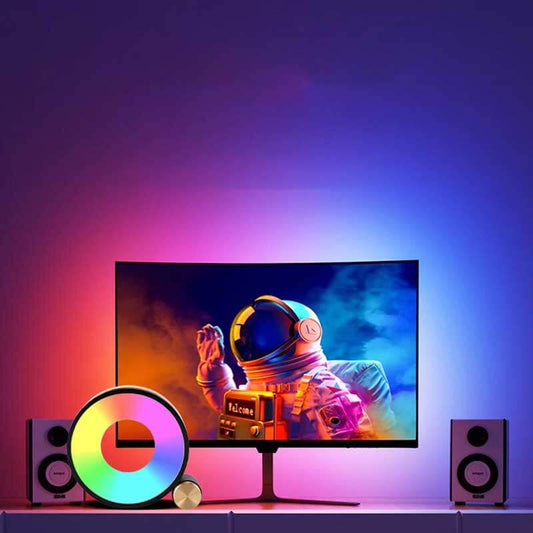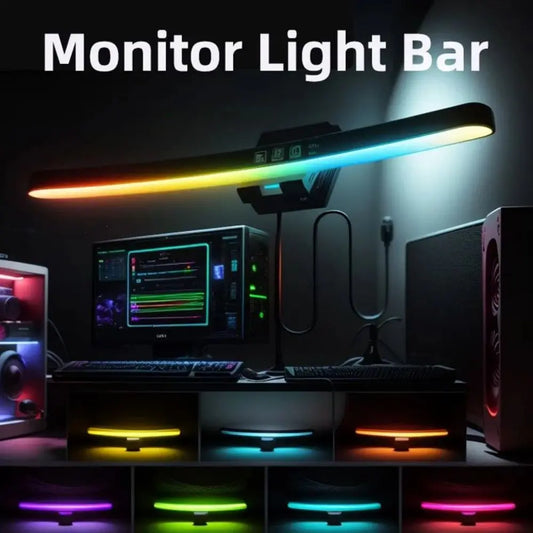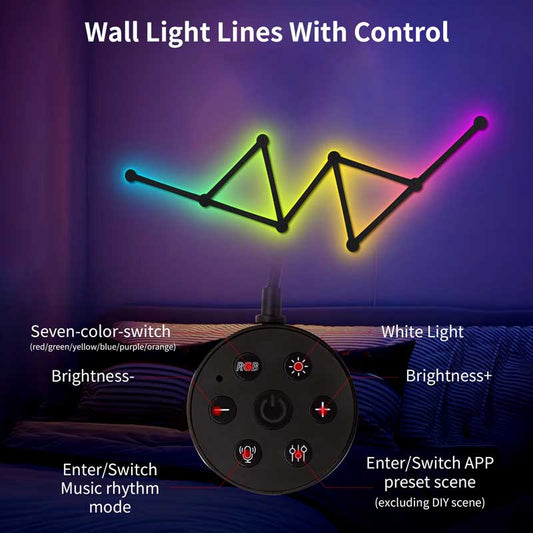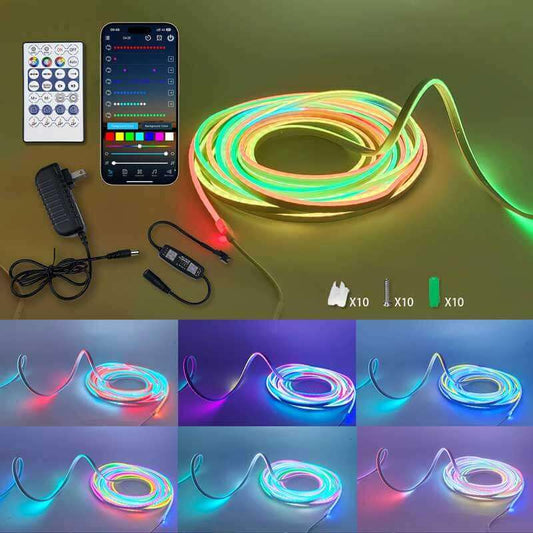Has Anything Replaced Projectors? An Exploration of Alternatives and Performance on Screen vs. Wall
Share
Projectors have long been a staple in home theaters, classrooms, and presentations, offering a large, immersive viewing experience. However, with advancements in technology, there are now alternatives that may replace or complement projectors in certain situations. This blog explores whether anything has truly replaced projectors, and also compares the quality of projecting onto a wall versus a screen.
Has Anything Replaced Projectors?
1. Flat-Screen TVs and OLED Displays
Over the last decade, flat-screen TVs, especially OLED and QLED displays, have gained immense popularity and are often seen as a viable replacement for projectors in home entertainment setups. The main appeal of TVs is their superior picture quality, bright, vibrant colors, and the convenience of being ready to go at a moment’s notice.
Advantages of TVs:
- Picture Quality: With the rise of OLED and 4K technologies, TVs are delivering breathtaking image quality, often outperforming projectors in terms of contrast, brightness, and sharpness.
- Ease of Use: No need to worry about setting up the projector, adjusting the screen size, or worrying about ambient light affecting the viewing experience.
- Durability: TVs don’t suffer from the bulb degradation that projectors do, making them more cost-effective in the long run.
Disadvantages of TVs:
- Size Limitations: Even the largest flat-screen TVs max out at around 85 inches, which may not provide the massive immersive experience a projector can offer for larger spaces.
- Viewing Angle: TVs typically have a narrower optimal viewing angle compared to projectors, which can limit the viewing experience if you have a large group.
2. LED and Laser TVs
A more recent innovation that’s gaining traction as an alternative to traditional projectors is the LED TV or Laser TV. These systems use ultra-short throw projectors paired with a special screen to deliver stunning visuals in a compact form factor, similar to flat-panel displays but without the limitations of traditional projectors.
Advantages of LED/Laser TVs:
- Impressive Picture Quality: Like OLED TVs, Laser TVs offer high contrast ratios and vibrant color output. They deliver an image quality comparable to traditional flat-screen TVs, but with the added benefit of a much larger screen size.
- Less Space Required: Unlike traditional projectors that require a large room and a wall or screen, Laser TVs can be set up in a smaller space and project onto a specially designed screen just inches away from the wall.
Disadvantages of LED/Laser TVs:
- Price: Laser TVs are still on the expensive side compared to standard projectors or flat-screen TVs.
- Limited Size Options: Although these systems are impressive, they often don’t scale as well for large venues or audiences compared to traditional projectors.
3. Smart TVs with Streaming Devices
Smart TVs combined with streaming devices like Apple TV, Roku, or Amazon Fire Stick have become the go-to choice for many people looking for an all-in-one entertainment system. These TVs offer access to apps, high-definition video, and advanced features like voice control and smart home integration.
Advantages of Smart TVs:
- Built-In Functionality: Smart TVs provide all-in-one access to streaming platforms, gaming, and more without needing additional equipment like a projector, screen, or cable box.
- Convenience: Setup is simple, and you don’t need a dark room or additional space for a projection system.
Disadvantages of Smart TVs:
- Size Limitation: As mentioned earlier, the largest flat-screen TVs may not compare to the size and impact of a projector, especially in large viewing rooms.
Projector on a Screen vs. Wall: Which Looks Better?
While projectors themselves haven’t been entirely replaced, the quality of the projection experience can vary depending on whether you project onto a wall or a screen. Let’s break down the pros and cons of each.
1. Projecting onto a Wall:
Advantages:
- Free and Easy Setup: You don’t need to invest in a dedicated screen. Simply point your projector at an available wall, and you’re ready to go.
- Minimal Cost: Using a wall eliminates the need for purchasing a separate projector screen, which can be an added expense.
- Flexibility: You can adjust the image size based on the wall’s dimensions, making it easier to project onto large or irregular surfaces.
Disadvantages:
- Image Quality: Walls typically have uneven textures and imperfections that can degrade the sharpness and clarity of the projected image. The wall’s color and texture can also affect the overall brightness, contrast, and sharpness of the image.
- Ambient Light: Walls often reflect more light than a screen would, which can make the image look washed out or harder to see in well-lit rooms.
- Non-Optimal Surface: If your wall has stains, bumpy textures, or color variations, the projection will be less than ideal, leading to distorted or uneven visuals.
2. Projecting onto a Screen:
Advantages:
- Superior Image Quality: Projector screens are designed to reflect light evenly, enhancing brightness, sharpness, and color accuracy. They often have a special coating that improves contrast and minimizes ambient light interference.
- Uniform Surface: A screen provides a perfectly smooth surface that doesn’t have the imperfections found on walls. This leads to a more crisp and clean image.
- Ambient Light Rejection: High-gain screens are built to reject ambient light and improve image contrast, making them ideal for rooms that aren’t completely dark.
Disadvantages:
- Cost: Good quality projector screens can be expensive, especially motorized or large-format screens.
- Space Considerations: Setting up a dedicated screen may require more space and a permanent setup, especially in a room where you also use a TV.
Which One is Better: Wall or Screen?
Projecting onto a screen generally provides better image quality than projecting onto a wall. Screens are designed specifically for optimal light reflection, which leads to clearer, sharper, and more vibrant images. If you’re looking for the best viewing experience and have the space and budget for it, a dedicated projector screen is the way to go.
However, projecting onto a wall can still be a great option if you’re looking for a budget-friendly, easy setup. It’s ideal for people who want a big-screen experience without the need to invest in a screen. Just keep in mind that the image quality may not be as good as it would be on a dedicated screen.
Conclusion: Has Anything Replaced Projectors?
While flat-screen TVs, OLED, Laser TVs, and Smart TVs are excellent alternatives to traditional projectors, no single technology has fully replaced projectors. Projectors still provide a unique value for large-scale viewing, offering massive screen sizes and immersive experiences that TVs can’t quite match. If you need a massive screen or an immersive theater setup, projectors are still a great choice.
When it comes to the quality of projection, screens outperform walls, providing sharper and more vibrant visuals. However, for those on a budget or with limited space, a wall can serve as a temporary or low-cost solution.
Ultimately, the choice between a projector and a TV—and between projecting onto a screen or a wall—depends on your space, budget, and viewing preferences. Both options have their merits, and what works best will depend on your individual needs.




